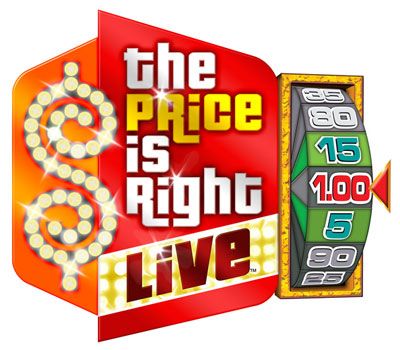Consumer pricing is one of the famous “Four P’s”of product marketing. Many export managers spend countless hours negotiating wholesale price lists with distributors and retailers. However, this intensity frequently disappears when the discussion shifts to the point of pricing to the consumer. This is unfortunate, because retail pricing is at the critical point where our marketing dreams and distributor inventory are translated to tangible sales.
I recently conducted a seminar where I presented a full day program on Export Strategy, Distributor Economics, and Getting More than your fair share of your Distributors Attention.
In the Distributor Economics module, I surveyed the group on how many maintained copies of each distributors price calculation. This is the fundamental formula that tracks each brands pricing inputs from factory gate to supermarket shelf. None of the participants had copies of their distributors actual price calculation or requested a market wide retail price survey. As the norm, busy export managers focus attention on the myriads of details required to process orders such as importation paperwork and product registration. However, retail pricing is a critical element to add to your “To Do” list.
The supermarket is a product showroom for our brands. A core distributor responsibility is to
create an inviting show room to entice consumers to select our products at the point of purchase. Offering a fair price is a core part of incenting consumer purchase. Internet based retailers feature price transparency and comparison shopping tools. Having a competitive price will be more critical in the future, as it will be easier for consumers to decipher pricing for similar brands.
Listed below are Export Solutions Tips for managing your retail price guidelines.
Review Suggested Retail Price by market
Is your pricing realistic based upon 2022 market dynamics and cost calculations ?
Conduct Market Wide Retail Price Survey
How do your prices compare versus your suggested retail price and competitive set ?
Obtain Distributor Price Calculations
Most distributors openly share this information with their brand partners.
If a distributor is hesitant, it’s usually easy to figure out if you have retail prices.
Retail price – distributor cost – sales taxes and import duties = gross margin.
This gross margin is divided by the retailer and distributor.
Examine Each Line Item of a Price Calculation
Distributors and Retailers are entitled to a fair return for their work on your brand.
They maintain profit targets just like your company. In some cases , price calculation transparency leads to break through changes in business development. I remember a situation where the distributor established an 8 % currency benefit at the start of a price calculation to hedge against fluctuation. The export manager agreed to sell in the common currency, absorbing the risk, but translating to an 8 % positive benefit to the brand price. In some cases, distributors may place “average” numbers in a calculation for logistics services or trade discounts which may not be representative for your brand.
Evaluate Relationship between Everyday Pricing and Promotional Pricing
Price analysis should reveal typical price paid by the consumer. For example “everyday” prices are not as relevant if the consumer habit is to wait until product is on promotional discount to purchase and “stock up”.
Supermarket E Commerce Sites offer Instant Desktop Price Surveys
Lately, I have checked online web sites for supermarket retailers in the UK, Australia, Panama and the USA to get an immediate snapshot of market prices and assortment. Amazons international sites are another source of information. It’s not perfect, but a free and easy way to begin to understand market pricing dynamics.
Pricing is a cornerstone of your brand proposition. A little emphasis and investigation will determine if your “Price is Right” to optimize sales in a country.


